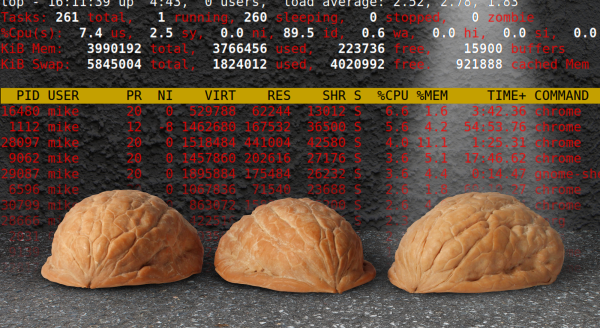One of the longest running jokes in our sphere is that the coming year will finally be the year of “Linux on the Desktop.” Never mind that the erosion of the traditional Windows-style desktop form of computing is a thing, or that Linux-derived operating systems such as Android or Chrome OS are running on literally billions of devices across the globe, it sends up the unreasonable optimism of Linux enthusiasts back in the day that their nascent platform could depose Windows from its pedestal.
If there’s one thing we like more than a good tech joke then, it’s a well-written tech rant, and [Artem S. Tashkinov] has penned a doozy in “Why Linux is not ready for the desktop, the final edition“. It’s Linux trolling at its finest, and will surely get many a crusty open source devotee rushing to their keyboard to decry its ideas.
Aside from the inherent humor then, reading it we have to admit that he makes a set of very cogent points. Even having used a Linux desktop exclusively for a very long time indeed there’s no shame in admitting that it’s not perfect, and things such as the mildly annoying state of network file sharing or the complexity for most users of getting to grips with the security model are very fair criticisms. And the last section on the Linux community hits hard, it’s necessary to admit that the world of open source doesn’t always welcome people trying to use its software as well as it could.
But as power users of a Linux desktop for everything, more than just for writing Hackaday, we’d take the view that for all its undoubted faults, it still offers a better experience than the latest version of Windows. Oddly it could now be an acceptable desktop for many people, but the sad thing is that the need for that may well have passed to those Android and Chrome OS devices we mentioned earlier.
We’ve been known to have our own Linux related rants from time to time.


















